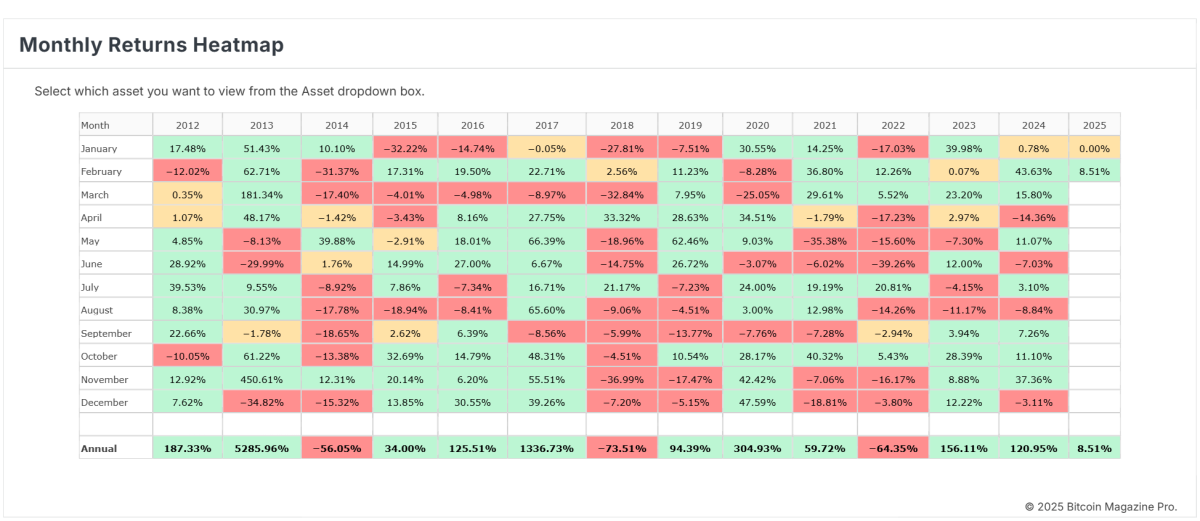Saving $1,000 in just 30 days may seem like a daunting challenge, but with a clear plan and disciplined execution, it’s absolutely achievable. This guide will take you through proven strategies to help you reach that goal, whether you’re looking to pay off debt, build an emergency fund, or achieve any other financial milestone.
Set a Clear Goal and Make a Plan
The first step to saving $1,000 in a month is to define your goal clearly. This involves breaking down the larger target into smaller, more manageable tasks. A daily or weekly savings target makes the process less overwhelming.
For example, saving $1,000 in 30 days means you need to put aside about $33.33 each day or $250 per week. Once you’ve broken it down, you can develop a plan around how to meet these daily or weekly targets. Look at where you can cut expenses and where you can increase your income to hit your savings goals.
Track Every Expense
In order to save, you must first understand where your money is going. For the next 30 days, commit to tracking every single penny you spend. There are a variety of tools and apps that can make this easier, such as Mint, YNAB, or even a simple spreadsheet. The goal here is to identify wasteful spending and unnecessary purchases, then redirect that money toward your savings goal.
Analyze Your Spending Patterns
Once you’ve started tracking, it’s time to analyze your spending. Look for categories where you’re overspending. This might include things like:
- Eating out or ordering in (this is often one of the biggest spending categories for many people)
- Entertainment subscriptions (Netflix, Hulu, Amazon Prime, etc.)
- Impulse purchases (online shopping, coffee runs, etc.)
Once you’ve identified these areas, it’s time to make some tough decisions and cut back significantly on these expenses.
Cut Non-Essential Spending
The easiest way to boost your savings quickly is to cut non-essential expenses. This doesn’t mean you have to deprive yourself completely, but you do need to be mindful of every dollar you spend. Here are a few key ways to save:
1. Reduce Your Grocery Bill
You can save a substantial amount by planning your meals and avoiding takeout. Start by:
- Meal planning: Plan all your meals for the week and make a shopping list. Stick to the list to avoid impulse purchases.
- Buy in bulk: Items like rice, beans, pasta, and other non-perishables are cheaper in bulk.
- Avoid processed foods: These are more expensive and less healthy.
- Use coupons and apps: Many grocery stores have loyalty programs and coupons that can help you save.
2. Cancel Unnecessary Subscriptions
If you’re subscribed to multiple streaming services or other memberships, it’s time to reassess. Cancel any subscriptions that you don’t use regularly or can live without for a month. This small sacrifice could save you anywhere from $50 to $100 or more during the month.
3. Cut Back on Transportation Costs
If you drive frequently, you could save money by reducing your transportation costs. Consider carpooling, taking public transport, or even biking to work if possible. Gas prices fluctuate, and small changes can make a big difference over the month. Additionally, reducing wear and tear on your car can save you in maintenance costs down the line.
4. No-Spend Days
Designate a few no-spend days each week where you don’t spend any money at all. This is a quick way to cut down on impulse purchases and can add up to significant savings over 30 days.
Increase Your Income
In addition to cutting expenses, finding ways to increase your income will help you hit your $1,000 savings goal faster. This could mean picking up a side hustle or finding ways to monetize your skills and talents.
1. Freelancing or Gig Work
There are many platforms where you can pick up freelance or gig work. Websites like Upwork, Fiverr, and TaskRabbit offer opportunities for people with a variety of skills. Whether it’s writing, graphic design, virtual assistance, or even handyman work, gig work can add up quickly.
2. Sell Unused Items
Do you have items around the house that you no longer use or need? Consider selling them on platforms like eBay, Craigslist, or Facebook Marketplace. From old electronics to clothing, furniture, or even collectibles, selling unused items is an easy way to earn extra cash.
3. Offer Your Services Locally
If you have a skill that’s in demand, offer your services locally. You can provide tutoring, babysitting, pet sitting, or lawn care services in your neighborhood. These are often cash-paying gigs and can provide a quick influx of money.
Automate Your Savings
To ensure that you don’t spend the money you’re trying to save, automate the process. Set up automatic transfers from your checking account to a dedicated savings account. This way, the money is out of sight and out of mind. You can set the transfers to occur daily or weekly, in line with your savings goal.
Utilize Cash-Back Programs and Rewards
If you’re making necessary purchases, make sure you’re getting the most out of them by using cash-back programs or rewards credit cards. Many credit cards offer points or cash back for regular spending. Just make sure you’re paying off the balance in full each month so that you don’t accrue interest charges that negate your savings.
Review and Adjust as Needed
Throughout the month, it’s essential to continuously review your progress. Take a few minutes each week to:
- Review your expenses and make sure you’re staying on track
- Adjust your plan as needed if you find certain areas where you’re able to save more
- Celebrate small wins along the way. This will help keep you motivated as you work toward your goal.
Conclusion
Saving $1,000 in 30 days is an ambitious but achievable goal with the right combination of planning, discipline, and creativity. By cutting non-essential spending, increasing your income, and automating the savings process, you can reach your target and build healthy financial habits that will last long after the 30 days are over.










